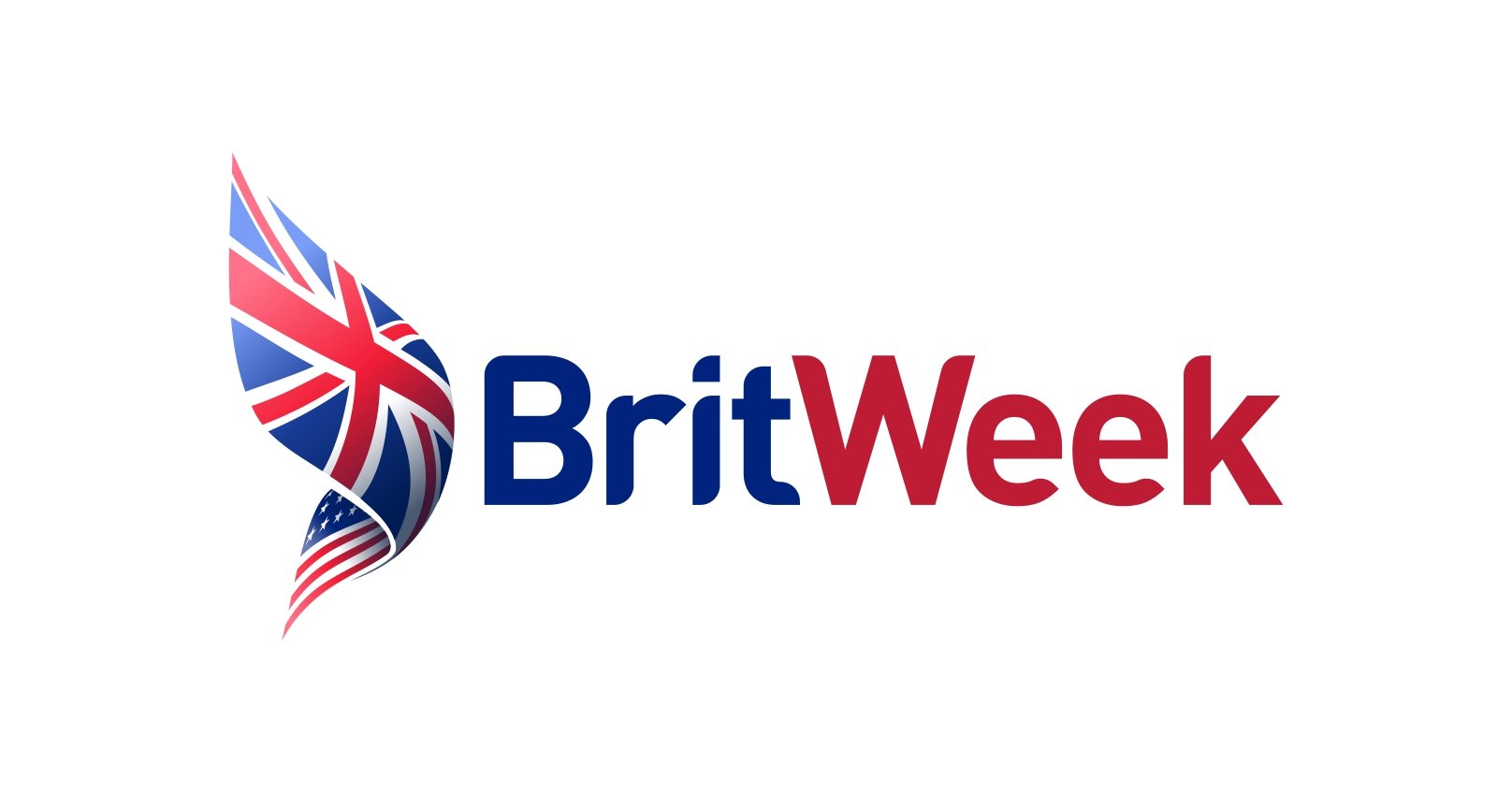The £250m Apollo cable that provides the most powerful physical internet connection between the UK and the US
Article in "THE GUARDIAN"
by Leo Hickman
I'm standing on the internet. Six feet beneath me, buried in the soft sand of a north Cornwall beach popular with surfers, is one of the most important telecommunications cables in the country — the £250m Apollo North OALC-4 SPDA cable that provides the most powerful physical internet connection between the UK and the US. The only clue to its presence is a tall sign in the beach car park, which reads "Telephone cable". It is not pointed towards the people sucking on ice-creams and waxing their surf boards; rather, it is directed at passing fishermen, warning them not to catch their nets or anchors on this fibre-optic cable, which is just a fraction thicker than a garden hosepipe.
The 3,800 mile-long cable was laid across the Atlantic seabed in 2003 and runs from the Cornish coast to Fire Island just off New York's Long Island. The last time you sent an email, did a Google search, watched a YouTube clip, or tweeted, there's a very good chance that some of that data travelled at the speed of light through this very location.
Not surprisingly, the location of Apollo North needs to remain secret. Which is why its state-of-the-art "cabling station", set back from the beach on farm land, is not to be found on an Ordnance Survey map; instead, the spot is marked only by the contours of an undulating field.
In reality, on the ground, there is a concrete road and a cryptic sign ("C.L. Site") leading to a windowless facility the size of a small supermarket, shielded by trees in a shallow hollow. The building, part-owned by Cable and Wireless, marks the point where Apollo North, one of about half a dozen cables that straddle the ocean between north America and Cornwall, comes to the surface and connects to the UK's land-based telecommunication network.
The Apollo North cable is powerful enough to provide 320 gigabits a second of bandwidth capacity. This is roughly equal to 100,000 times the bandwidth available to the average UK home user.
But don't tell anyone in this region of Cornwall – in a recent survey, a number of local rural pockets known as "notspots" were shown to have some of the slowest average internet speeds in the country.
